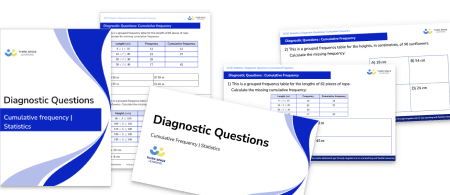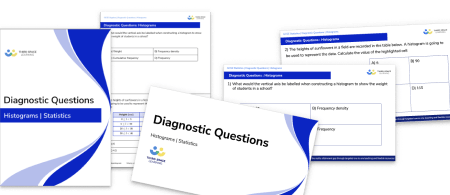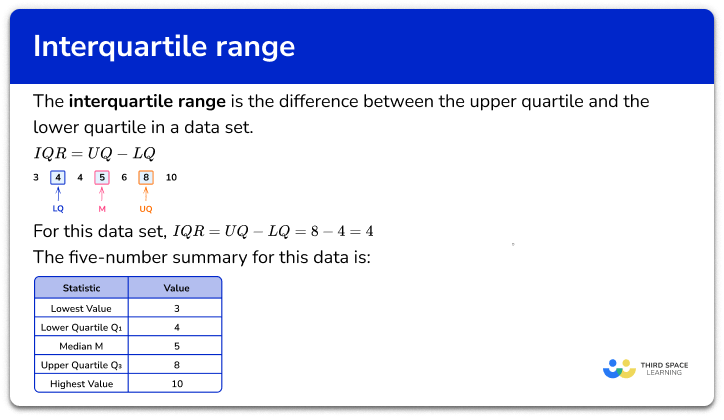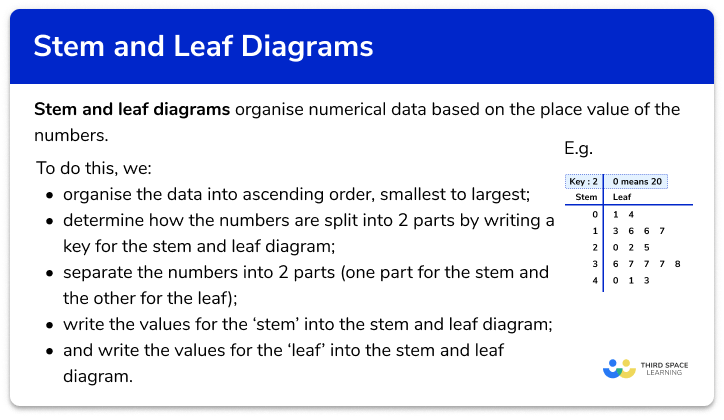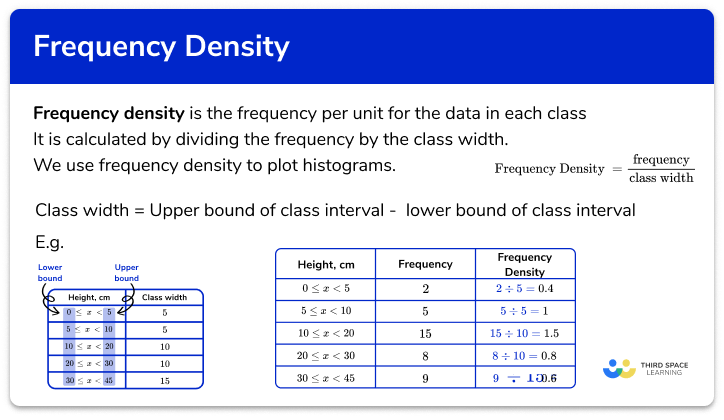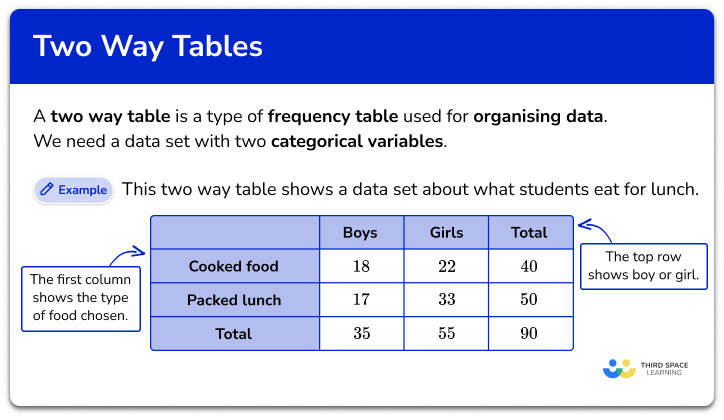FREE DOWNLOAD
Types Of Sampling Methods Worksheet

Help your students prepare for their Maths GCSE with this free types of sampling methods worksheet of 44 questions and answers
- Section 1 of the types of sampling methods worksheet contains 36 skills-based types of sampling methods questions, in 3 groups to support differentiation
- Section 2 contains 4 applied types of sampling methods questions with a mix of worded problems and deeper problem solving questions
- Section 3 contains 4 foundation and higher level GCSE exam style types of sampling methods questions
- Answers and a mark scheme for all types of sampling methods questions are provided
- Questions follow variation theory with plenty of opportunities for students to work independently at their own level
- All questions created by fully qualified expert secondary maths teachers
- Suitable for GCSE maths revision for AQA, OCR and Edexcel exam boards
Unlock access to download your free resource
You can unsubscribe at any time (each email we send will contain an easy way to unsubscribe). To find out more about how we use your data, see our privacy policy.
Types of sampling methods at a glance
When we want to find out information about a large population, it can be easier, less time consuming and cheaper to take a sample than to survey the whole population. There are a variety of sampling techniques:
- Simple random sampling: every member of the population has an equal chance of being selected. This could be done by assigning every member of the population a number and using a random number generator.
- Stratified sampling: this involves taking a random sample from each subgroup of the population. The number from each subset included in the sample is proportional to the size of the subset.
- Systematic random sampling: every member of the population is assigned a number. A random starting point is selected and members of the population are selected at regular intervals.
- Capture – recapture: used to estimate the size of a population, this multi-stage method involves catching and marking a number of the population. These members are then released. Later another sample is captured. The proportion that have previously been marked can be used to estimate the total size of the population.
- Convenience sampling: a non-random method of sampling involving sampling the members of the population available at the time of sampling
Other sampling methods include:
- Cluster sampling
- Quota sampling
- Voluntary response sampling
Data collection can be carried out through questionnaires, interviews, focus groups and others. The larger the sample size, the better the approximation to the population.
Looking forward, students can then progress to additional Statistics worksheets, for example a mean, median, mode and range worksheet or pie chart worksheet.
Do you have students who need additional support to achieve their target GCSE maths grade?

There will be students in your class who require individual attention to help them succeed in their maths GCSEs. In a class of 30, it’s not always easy to provide.
Help your students feel confident with exam-style questions and the strategies they’ll need to answer them correctly with personalised online one to one tutoring from Third Space Learning
Lessons are selected to provide support where each student needs it most, and specially-trained GCSE maths tutors adapt the pitch and pace of each lesson. This ensures a personalised revision programme that raises grades and boosts confidence.


